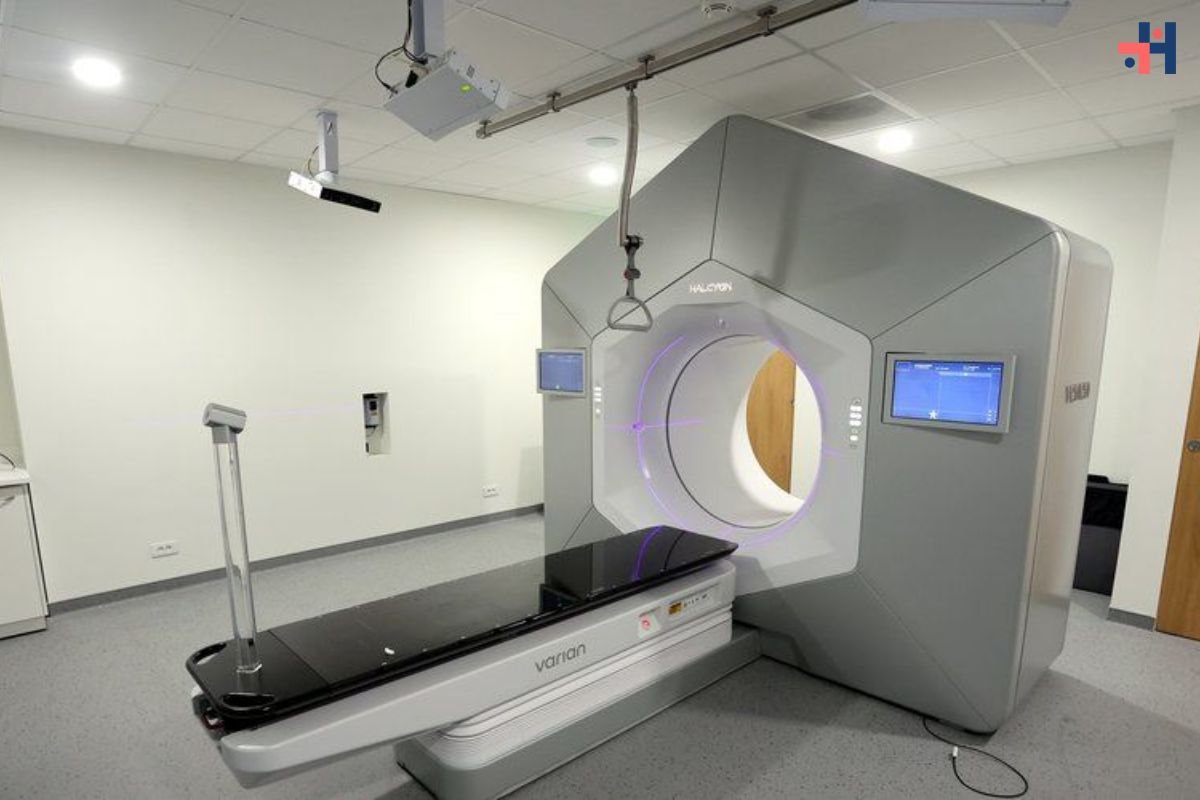The COVID-19 pandemic has brought about significant shifts in healthcare delivery, accelerating the adoption of home-based care models as a safer and more convenient alternative to traditional hospital-based services. The rise of home healthcare represents a transformative trend in the healthcare industry, offering new opportunities to improve patient outcomes, enhance access to care, and optimize healthcare resources. In this article, we explore the emerging trends, challenges, and opportunities shaping the landscape of home healthcare in the post-COVID era, along with case studies highlighting successful implementations and innovative solutions.
Rise of Home Healthcare:
Home healthcare has undergone a significant transformation over the years, evolving from a service primarily focused on elderly or chronically ill patients to a comprehensive healthcare delivery model that caters to individuals across the lifespan. Historically, home healthcare programs were established to provide basic medical care, assistance with activities of daily living, and support for aging adults or those with chronic conditions who preferred to receive care in their own homes.
However, with advancements in medical technology, changes in healthcare policies, and shifting patient preferences, the scope of home healthcare has expanded to encompass a broader range of services and populations. Today, home healthcare programs offer not only skilled nursing care, wound care, and rehabilitation services but also specialized care for patients with complex medical needs, post-surgical recovery support, palliative care, and pediatric home care services.
The COVID-19 pandemic served as a catalyst for the rapid rise of home healthcare, prompting healthcare providers to reevaluate traditional care delivery models in light of safety concerns, resource constraints, and the need for continuity of care amidst lockdowns and social distancing measures. As hospitals faced capacity challenges and infection control became a top priority, home-based care emerged as a viable alternative to traditional hospital-based services, allowing patients to receive high-quality care in the comfort and safety of their homes.
Timeline of the Rise of Home Healthcare Programs:
- Early 20th Century: The concept of rise of home healthcare began to gain traction in the early 20th century, with the establishment of visiting nurse associations and community-based healthcare programs aimed at providing basic medical care and support to homebound individuals, particularly in urban areas.
- Mid-20th Century: Home healthcare programs expanded during the mid-20th century, driven by advances in medical technology, the growth of the elderly population, and the recognition of the benefits of home-based care for patients with chronic conditions or disabilities. Medicare and Medicaid reimbursement for home healthcare services were introduced in the 1960s, further fueling the rise of home healthcare programs.
- Late 20th Century: The late 20th century saw continued expansion and diversification of home healthcare programs, with the introduction of specialized services such as hospice care, pediatric home care, and infusion therapy. Technological advancements, such as telehealth and remote monitoring, began to be integrated into home healthcare delivery, enabling more comprehensive and patient-centered care.
- 21st Century: In the 21st century, home healthcare has evolved into a multifaceted healthcare delivery model that serves a diverse population across the lifespan. The COVID-19 pandemic has accelerated the adoption of home-based care, highlighting its importance in ensuring continuity of care, reducing hospital readmissions, and protecting vulnerable populations from exposure to infectious diseases. Moving forward, home healthcare is poised to play an increasingly prominent role in healthcare delivery, offering personalized, convenient, and cost-effective care options for patients and families.
Telehealth and Remote Monitoring:
Telehealth and remote monitoring technologies have revolutionized the delivery of healthcare services, particularly in the context of home healthcare. These innovative solutions have played a pivotal role in bridging the gap between patients and healthcare providers, facilitating timely access to care, and improving health outcomes. With the ability to remotely assess, monitor, and manage patients’ health conditions from a distance, telehealth platforms have become indispensable tools in modern healthcare delivery.

Key Features of Telehealth and Remote Monitoring Technologies:
- Virtual Consultations: Telehealth platforms enable healthcare providers to conduct virtual consultations with patients, allowing for real-time video or audio communication. These virtual visits offer convenience and flexibility for patients who may have difficulty accessing traditional healthcare settings due to mobility issues, transportation challenges, or geographical barriers.
- Remote Monitoring of Vital Signs: Remote monitoring devices, such as blood pressure cuffs, glucometers, pulse oximeters, and wearable sensors, allow healthcare providers to track patients’ vital signs and health metrics from a distance. This real-time data transmission enables early detection of changes in health status and timely intervention to prevent complications or exacerbations of chronic conditions.
- Medication Adherence Monitoring: Telehealth platforms can incorporate medication adherence monitoring features, allowing healthcare providers to track patients’ medication adherence and compliance with prescribed treatment regimens. By identifying medication non-adherence or missed doses, healthcare providers can intervene proactively to address barriers to adherence and optimize treatment outcomes.
- Disease Progression Monitoring: Telehealth platforms enable healthcare providers to monitor disease progression and treatment response remotely, leveraging patient-reported symptoms, subjective assessments, and objective measurements. By closely monitoring disease activity and treatment efficacy, healthcare providers can adjust treatment plans, escalate interventions, or initiate referrals to specialty care as needed.
- Secure Communication and Data Sharing: Telehealth platforms prioritize patient privacy and data security, ensuring secure communication channels and encrypted data transmission. Healthcare providers can securely exchange patient information, medical records, and diagnostic test results, facilitating collaborative care and seamless care transitions across different healthcare settings.
In conclusion, telehealth and remote monitoring technologies have revolutionized home healthcare delivery, offering unprecedented opportunities to enhance patient care, promote patient engagement, and improve healthcare outcomes. As technology continues to evolve, telehealth platforms will play an increasingly prominent role in modern healthcare delivery, enabling personalized, convenient, and cost-effective care options for patients and providers alike.
Personalized Care Plans and Patient-Centered Approaches:
Home healthcare emphasizes personalized care plans tailored to each patient’s unique needs, preferences, and circumstances. By adopting a patient-centered approach, healthcare providers can deliver holistic, coordinated care that addresses not only medical needs but also psychosocial, emotional, and functional aspects of health and well-being. This personalized approach fosters a stronger patient-provider relationship, promotes shared decision-making, and empowers patients to actively participate in their care.
Addressing Health Disparities and Access Barriers:
Home healthcare has the potential to address health disparities and access barriers by bringing healthcare services directly to underserved communities, rural areas, and vulnerable populations. By leveraging mobile health units, community-based organizations, and telehealth initiatives, healthcare providers can bridge gaps in access to care, improve health outcomes, and promote health equity for all patients, regardless of socioeconomic status or geographic location.
Case Study:
Community Health Outreach Program (CHOP) partners with local community organizations, faith-based groups, and public health agencies to deliver culturally competent home healthcare services to underserved populations in rural areas. By providing mobile clinics, telehealth consultations, and community health education programs, CHOP has improved access to preventive care, chronic disease management, and behavioral health services for residents in remote communities, reducing disparities in healthcare access and outcomes.
Conclusion:
The rise of home healthcare represents a paradigm shift in healthcare delivery, driven by advances in technology, changing patient preferences, and the lessons learned from the COVID-19 pandemic. By embracing home-based care models, healthcare providers can enhance patient-centeredness, improve care coordination, and optimize resource utilization, ultimately leading to better health outcomes and a more sustainable healthcare system. As we navigate the post-COVID era, the opportunities and innovations in home healthcare hold the potential to transform the future of healthcare delivery, making quality care accessible, affordable, and equitable for all.










